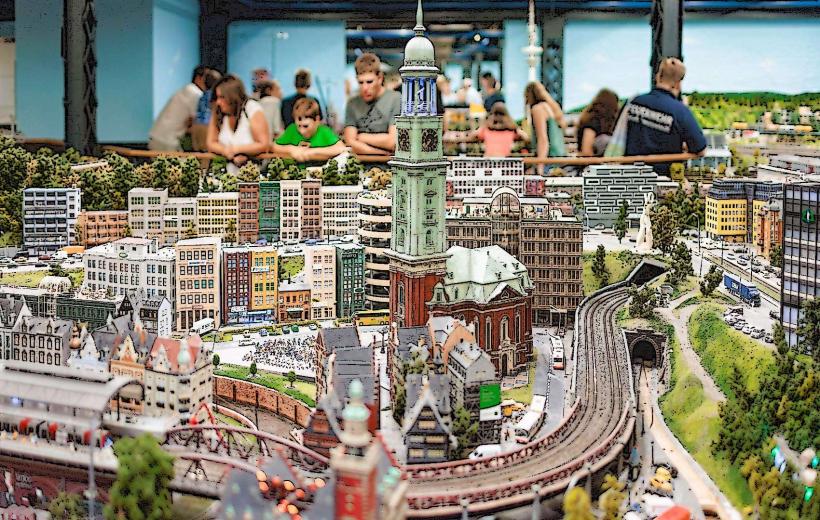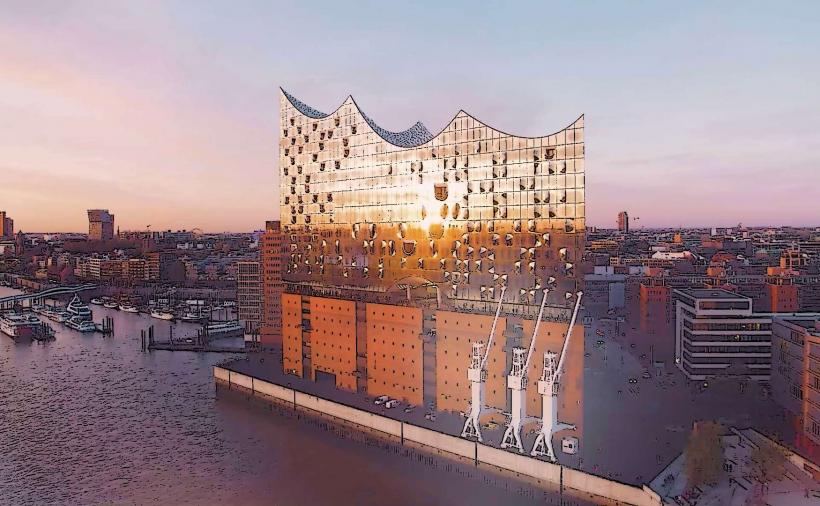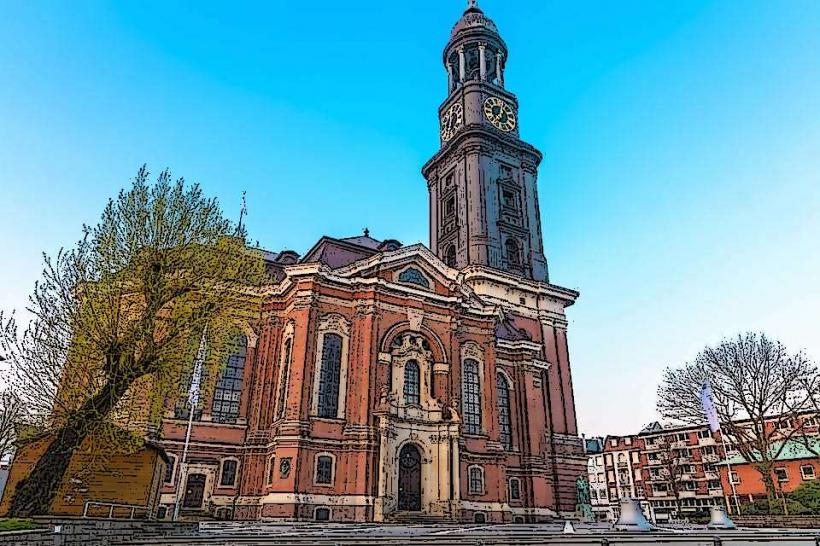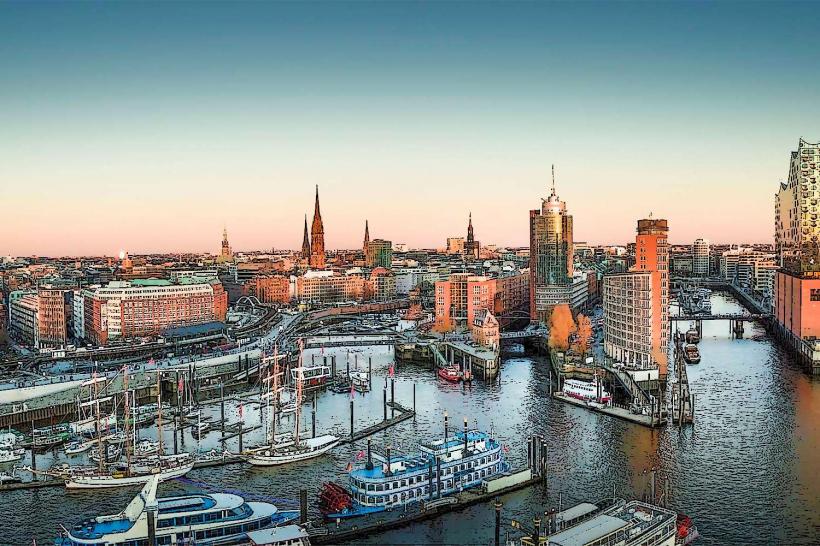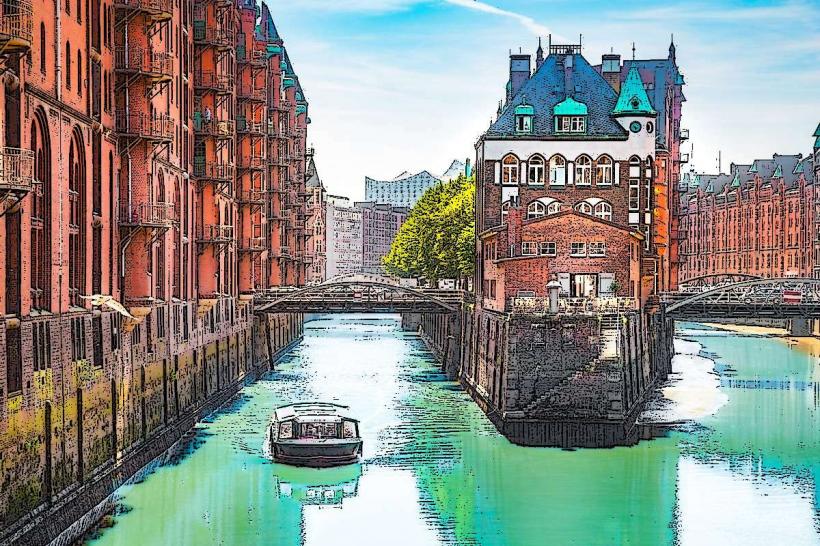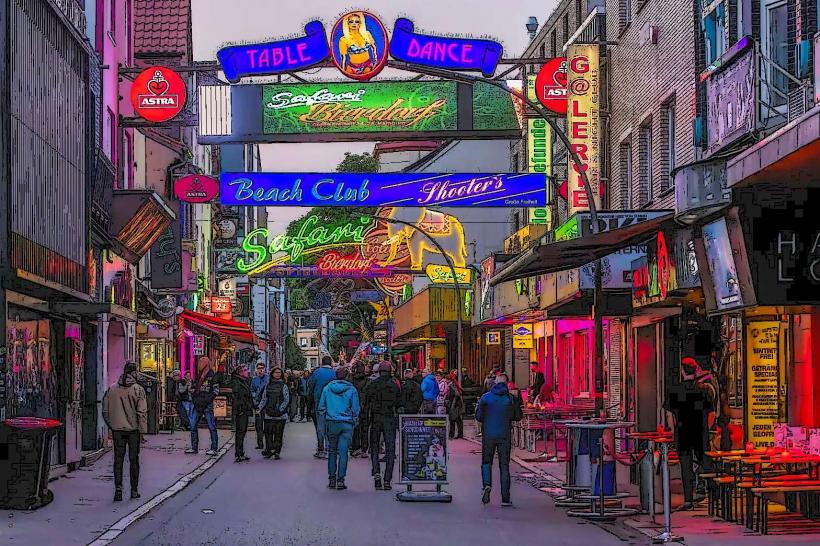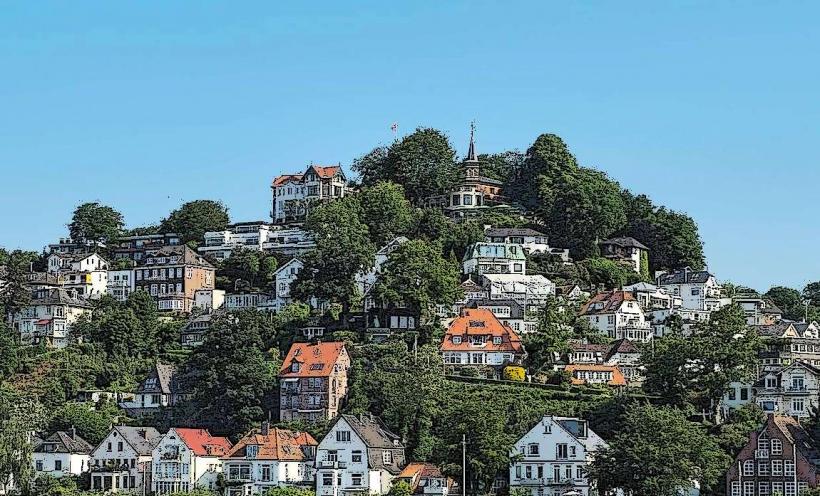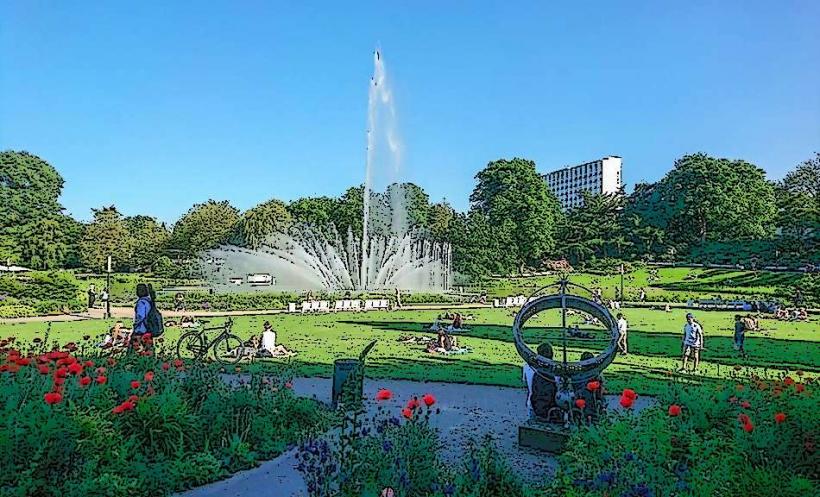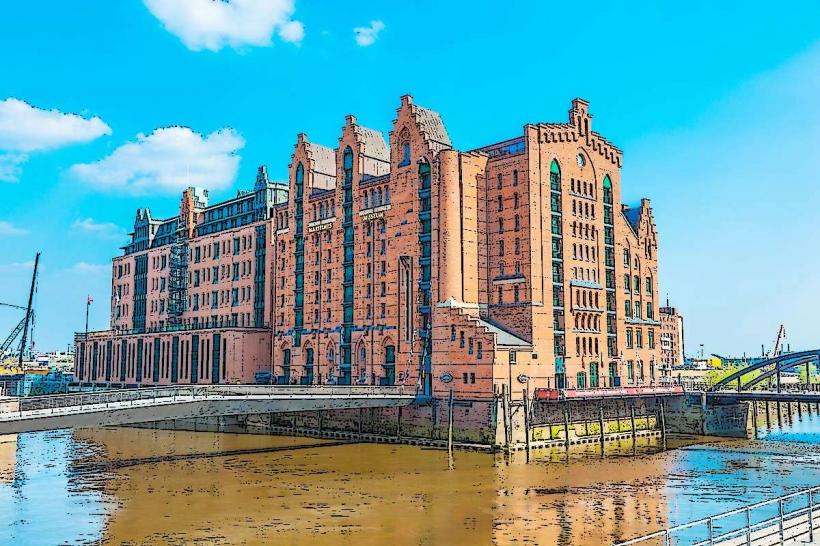Information
Landmark: Town Hall RathausCity: Hamburg
Country: Germany
Continent: Europe
Town Hall (Rathaus) in Hamburg: In Detail
The Hamburg Town Hall (Rathaus) is one of the most impressive and historically significant buildings in Hamburg. It serves as the city’s seat of government, housing the offices of the Senate and the Mayor of Hamburg. Located in the heart of the city, this architectural gem is not only a symbol of Hamburg’s political and administrative power but also a prominent tourist attraction. The Town Hall’s stunning design and rich history make it one of the city’s most visited landmarks.
Overview
- Location: The Hamburg Town Hall is situated in the Altstadt (Old Town) district, directly in front of the Rathausmarkt square. The building is surrounded by several important streets and landmarks, including the Alster lake to the north, the Jungfernstieg shopping district, and the Speicherstadt district. It is easily accessible via public transport and within walking distance of many other major attractions in Hamburg.
- Address: Rathausmarkt 1, 20095 Hamburg, Germany.
Historical Background
Construction:
- The current Town Hall was constructed between 1886 and 1897 after the previous building was destroyed in a fire in 1842. The design of the new building was chosen through an architectural competition, and the winning design was crafted by Georg Wilhelm Jäger, who combined elements of neo-Renaissance and neo-Gothic styles, with influences of the Italian Renaissance.
- The new Rathaus was built to accommodate the growing administrative needs of Hamburg, which had become a major trading city and a Free and Hanseatic City (a city-state) during the 19th century.
Symbol of Power and Identity:
- The Hamburg Rathaus is a symbol of the city’s long-standing political autonomy and its historic status as a Free City. Even today, it represents the independent spirit of Hamburg, which remains one of Germany’s most economically important and culturally influential cities.
- The building was designed to project political power and wealth, reflecting Hamburg's status as a prosperous and progressive city during the late 19th century.
Post-War Rebuilding:
- After World War II, the Rathaus was carefully restored. While it suffered some damage during the war, much of its architectural grandeur was preserved, and modern restorations have ensured that it remains an enduring symbol of Hamburg's history.
Architectural Features
Facade:
- The Town Hall is renowned for its impressive Neo-Renaissance facade, which stretches across 111 meters and is adorned with intricate stone carvings. The facade features ornate sculptures, columned arcades, and a central clock tower that rises to a height of 112 meters.
- The sculptures on the building depict significant figures from Hamburg’s past, including prominent merchants, politicians, and artists, reflecting the city’s rich history as a major trading and cultural hub.
Interior:
- The interior of the Hamburg Rathaus is just as striking as its exterior, with luxurious rooms and grand chambers that showcase the city’s wealth and political importance. The Festsaal (Banquet Hall) is one of the most beautiful rooms in the building, with its gold leaf detailing, painted ceilings, and magnificent chandeliers. It is used for ceremonial events and important meetings.
- The Senate Hall (Senatsaal) and the Council Chamber (Ratssaal) are also notable, with ornate woodwork and decorative frescoes depicting important historical moments for the city.
Tower:
- One of the standout features of the Hamburg Town Hall is its tower, which stands at 112 meters tall. This neo-Renaissance tower is visible from various points across the city, and its clock face, located at the top of the tower, is a key feature of Hamburg’s skyline.
- The clock tower is surrounded by four sculptures of famous Hamburg figures, including Charlemagne, Emperor Charles IV, and others, representing the city’s historical links to the Holy Roman Empire.
The Courtyard:
- The central courtyard of the Town Hall is an open space surrounded by the building’s majestic architecture. The courtyard is used for public events, and visitors can often find markets and fairs held there.
- The fountain in the courtyard is also a popular feature, providing a beautiful spot to relax and take in the surroundings.
Golden Hall:
- The Golden Hall (Goldene Saal) is located on the first floor of the Rathaus and is known for its elaborate gilded decoration. It’s one of the grandest spaces in the building, often used for receptions and formal gatherings.
Function and Use
City Government:
- The Hamburg Town Hall is the seat of Hamburg’s Senate (the executive branch of the city’s government) and the Parliament (the legislative body). It is here that the First Mayor and other elected officials conduct their daily affairs and meet with representatives of various departments.
- The building hosts official meetings, political events, and state functions. The City Parliament (Hamburgische Bürgerschaft) meets in the Council Chamber, which is open to the public when sessions are taking place.
Public Tours:
- The Town Hall is open to the public, and visitors can take guided tours to learn more about the building’s history, architecture, and role in Hamburg’s governance. The tours often include visits to the Banquet Hall, Council Chamber, and other rooms, offering a deeper understanding of the city's political history.
- Public events, such as concerts, exhibitions, and receptions, are regularly held in the building’s various halls and rooms, making it a focal point for cultural and civic life.
Surrounding Area: Rathausmarkt
Rathausmarkt Square:
- The Rathausmarkt (Town Hall Square) in front of the building is a bustling public space that often serves as the site of markets, festivals, and protests. It’s also the location of the famous Neptune Fountain, which adds to the square’s beauty and grandeur.
- The square is a popular meeting place for both locals and tourists. Visitors can sit at the many outdoor cafes, enjoy the surrounding architecture, and take in the energy of the area.
Nearby Landmarks:
- Directly across from the Town Hall is the Alster Lake, where visitors can enjoy walking, boat rides, and picturesque views of Hamburg’s skyline. The Jungfernstieg area, a famous shopping street, is also nearby.
- The Deichstrasse area, which is a historic street lined with medieval buildings, is just a short walk from the Town Hall. It offers a glimpse into Hamburg’s older architecture.
Cultural Significance
Symbol of Hamburg’s Autonomy:
- The Hamburg Rathaus stands as a symbol of the city’s independence and long-standing civic pride. As a Free City and a major port city, Hamburg has always maintained a sense of self-governance, and the Town Hall is a physical representation of that heritage.
Political and Civic Role:
- The Rathaus is not only a beautiful architectural landmark but also the heart of Hamburg’s civic life, hosting discussions, political deliberations, and major events that impact the city and its citizens.
Tourist Attraction:
- As one of Hamburg’s most visited landmarks, the Rathaus is a must-see for anyone visiting the city. The building offers visitors a chance to explore not only the history and grandeur of Hamburg but also its role as an important city in Germany’s political landscape.
Conclusion
The Hamburg Town Hall (Rathaus) is a magnificent example of neo-Renaissance architecture and one of the city’s most important historical and political buildings. With its stunning facade, rich interior, and continued function as the center of Hamburg’s local government, the Rathaus is a key symbol of the city’s heritage and political autonomy. Visitors to the building are treated to a captivating mix of history, culture, and political significance, making it a must-see destination in Hamburg.

